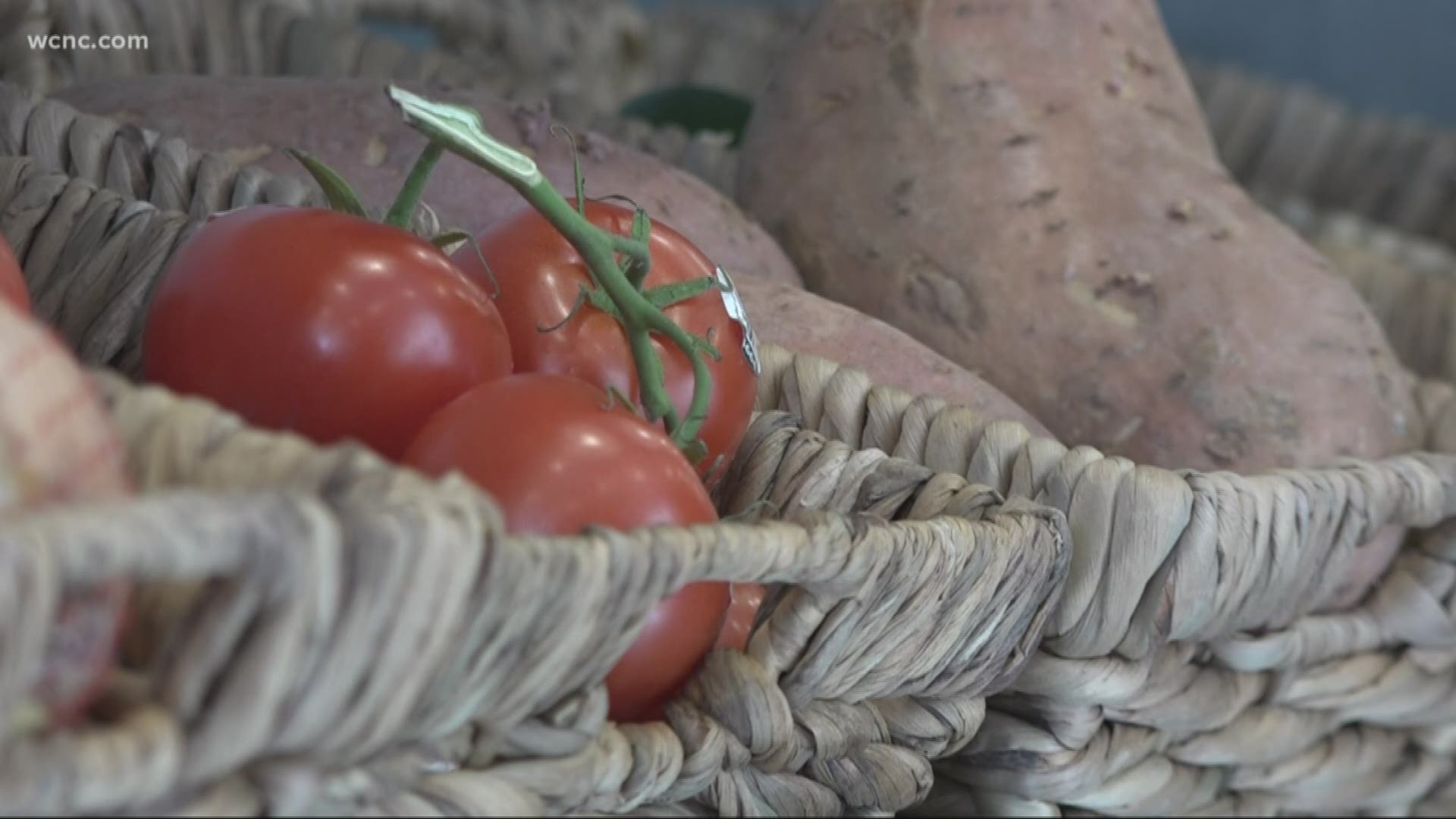CHARLOTTE, N.C. — After years of struggling to find solutions for food deserts in Mecklenburg County, commissioners said 2020 is the year action will happen to make food more accessible for several communities.
As of 2018, 14.9% of people in Mecklenburg County live in a food desert, an area with little to no access to grocery stores. That's above the national average of 11.1% of Americans who experience food insecurity, according to data from the county's health department.
"All I ask you to do is to help my people come out of the desert," Commissioner Vilma Leake pleaded as she got emotional.
She represents district two, a district with food deserts. She and others on the council are demanding action from the board to help end the starvation and unhealthy options residents are forced to turn to.
"I beg you to help us so that we can live too, and have long futures," she added as tears started to fall down her cheeks.
The plead for help came after Mecklenburg County Health Director Gibbie Harris gave a presentation on the current status regarding food deserts in the area.
"We know we have an issue," she said.
Harris also said the cost of healthy food is also an issue for residents in food deserts who often can't afford the high prices. It means several folks in Mecklenburg County choose unhealthier food, which cases more problems.
"Poor diets contribute to poor health," Harris added.
Those poor diets can lead to obesity, Type-2 diabetes, and heart disease, according to Harris.
It doesn't help that low-income individuals in food deserts are more likely to be exposed to advertising for unhealthy food products, according to Harris.
Currently, the county has a number of programs that are trying to put food at the table in food deserts.
Those include offering a Supplemental Nutrition Assistance Program (SNAP) at farmer's markets, a senior nutrition program that feeds 1,530 meals per day to seniors in the county, partnering with Second Harvest Food Bank among others.
Non-profit Loaves & Fishes, who WCNC Charlotte partners with, fed 4,974 people out of its onsite pantry in the fiscal year 2019.
However, county leaders urged more needs to be done.
“We have people who are starving,” said Commissioner Mark Jerrell, who represents food deserts in district four. “They can't eat. And we can only go back to the people and say what we can't do,” he exclaimed.
The county wants to review their options which could include more farmer's markets, more education about healthier food options, and doing what it takes to bring grocery stores to food deserts as well as making them accessible for residents.
“The time is now,” said At-Large Commissioner Pat Cotham.
The county plans to meet with executives from grocery store chains to see what needs to be done to get them to open stores in those food deserts, according to Chairman George Dunlap.

